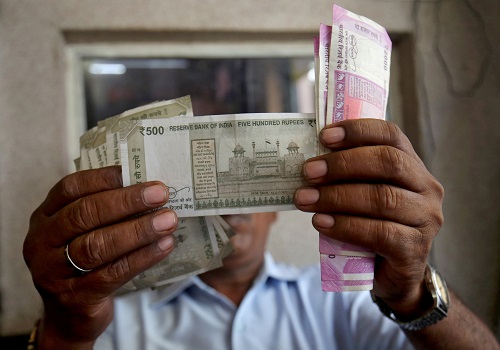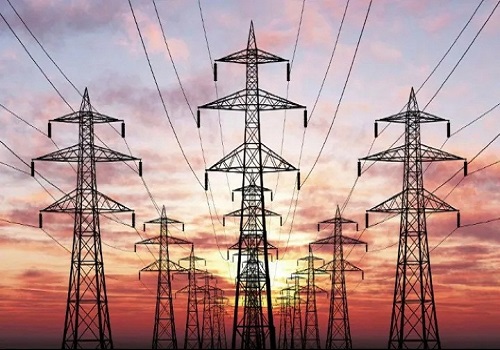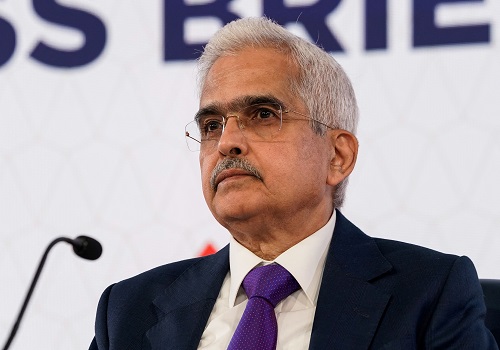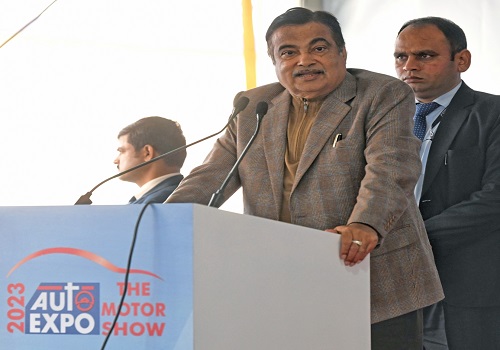Cess, surcharge collections rose 133% between FY`18 and FY`23

Follow us Now on Telegram ! Get daily 10 - 12 important updates on Business, Finance and Investment. Join our Telegram Channel
There has been a rise of 133 per cent in collection of major cess and surcharges levied by the Central government on various products during the five year period between 2017-18 and 2022-23, as it went up from Rs 2,18,553 crore in 2017-18 to Rs 5,10,549 crore in 2022-23 according to Finance Ministry data.
Cess and surcharges are levied by the Central government for the purposes of the Union under Article 271 of the Constitution of India. The proceeds of such surcharge and cess go towards meeting certain specific needs such as financing of centrally-sponsored schemes.
The benefit of such expenditure also percolates to the states. Article 270 of the Indian Constitution excludes the surcharge on taxes and duties referred to in Article 271 and any cess levied for specific purposes under any law made by Parliament, from being distributed between the Union and the states.
Some different types of cess levied in India are infrastructure cess on motor vehicles, Krishi Kalyan cess on service value, Swachch Bharat cess, education cess and cess on crude oil, among others.
A cess is a tax on tax. Indian government levies it on the tax liability, including surcharge and it is used for a specific purpose.
On the other hand, a surcharge is applicable on those persons whose income is more than Rs 50 lakh. This money is not collected for any specific purpose, but can be used for any reason as seen reasonable by the Central government.










Tag News

Monthly Debt Market Update, September 2023: CareEdge Ratings





 320-x-100_uti_gold.jpg" alt="Advertisement">
320-x-100_uti_gold.jpg" alt="Advertisement">








